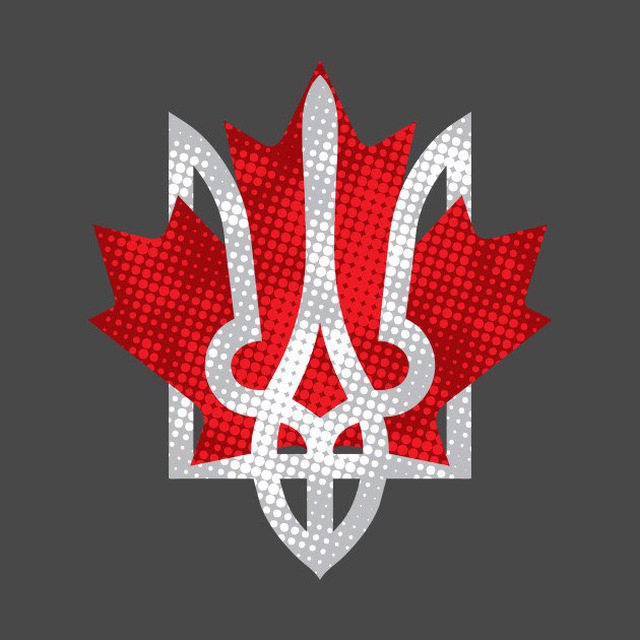America's is divided geographically as well, though not quite as orthogonally as Canada's. In particular, the USPS distributes mail to Regional Centers which are assigned to a particular 3-digit partial ZIP (for example, zip codes starting with 921 are in the San Diego, CA area). Check out the excellent zipdecode website to see how partial zip codes map to areas of the country.
Canadian postal codes are always 6 characters and always in the format ANA NAN (N=number A=letter). And technically that first letter is not all 26 letters of the alphabet, but only the specific 18 that have been assigned to an area. Also, some of the other letters have special cases, for example a Z in the fifth position indicates a sorting center. see Wikipedia.
US "complete" ZIP codes are 5 digits. However, US ZIP codes can go into finer detail. A ZIP+4 code is 9 digits long, and can identify one side of a stretch of one street. Furthermore, in POSTNET coding, the ZIP+4 is extended even further with the last two digits of the house number, allowing complete specific location with 11 digits.
Some large buildings in USA have their own ZIP codes. Not sure about Canada.
In both systems of course there are exceptions. For example Canada Post has a special postal code H0H 0H0 for letters to Santa (no joke). And the US federal government has a block of ZIP codes that they use for certain agencies despite their actual addresses being physically located in another zip code. See Wikipedia.

